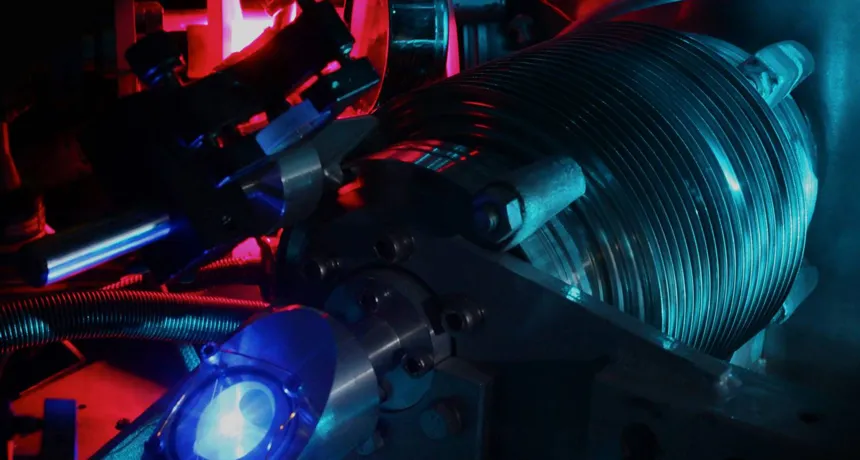
SHRIMPIER STILL A new measurement supports the idea that the proton is even smaller than its already-teeny textbook value. To measure the proton’s radius, scientists used lasers (apparatus shown) to jolt hydrogen atoms into higher energy levels, the spacing of which depends on the proton’s size.
Axel Beyer/Laser spectroscopy division/MPQ







